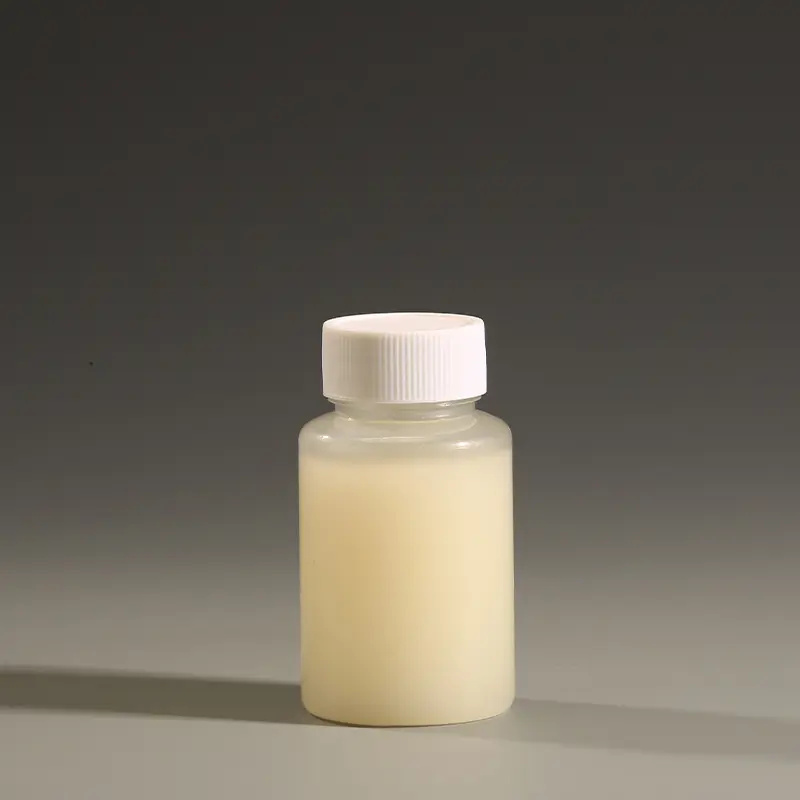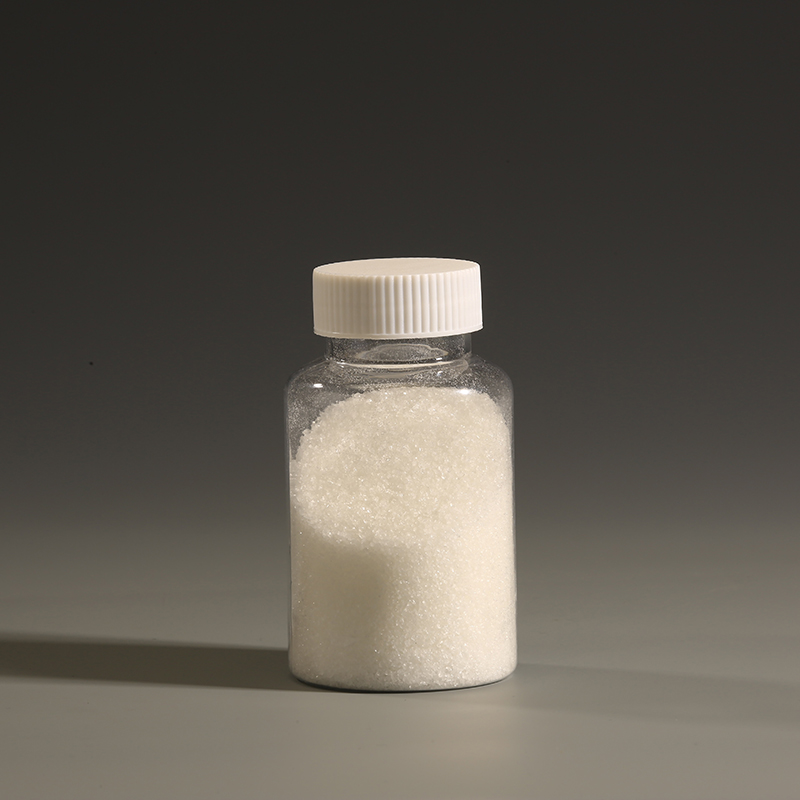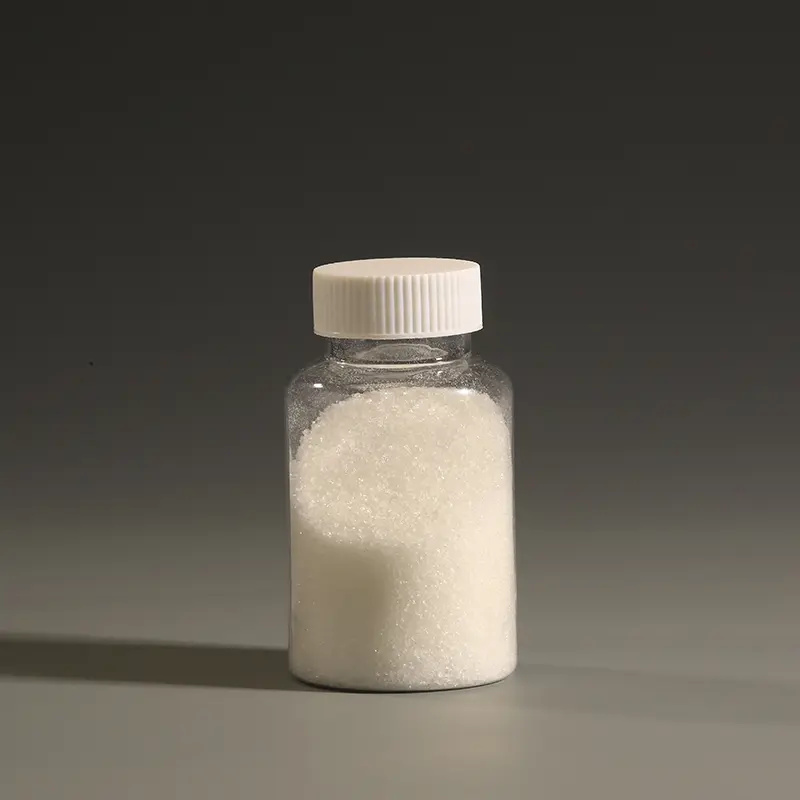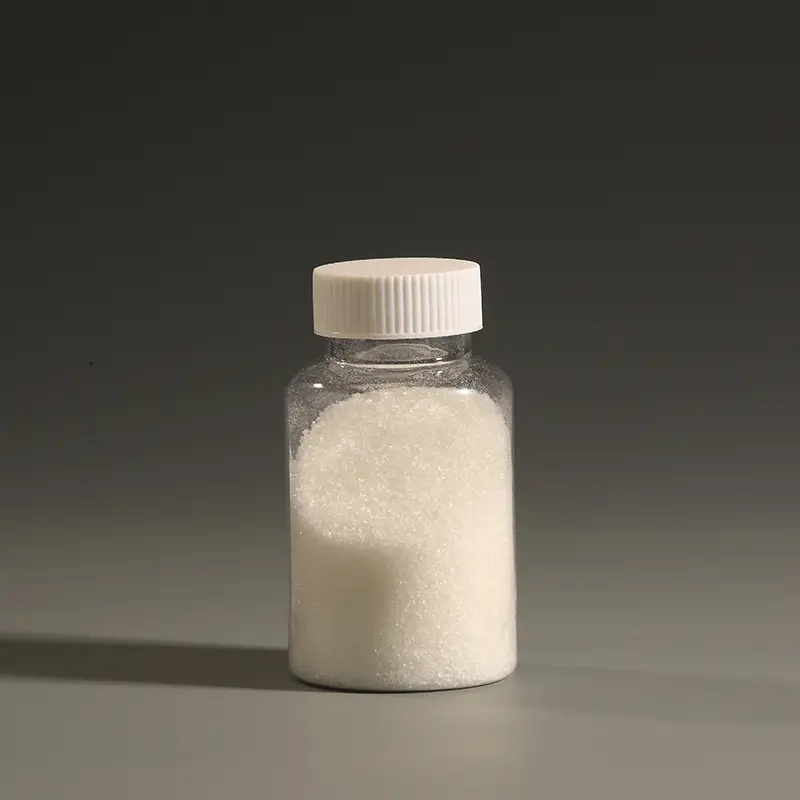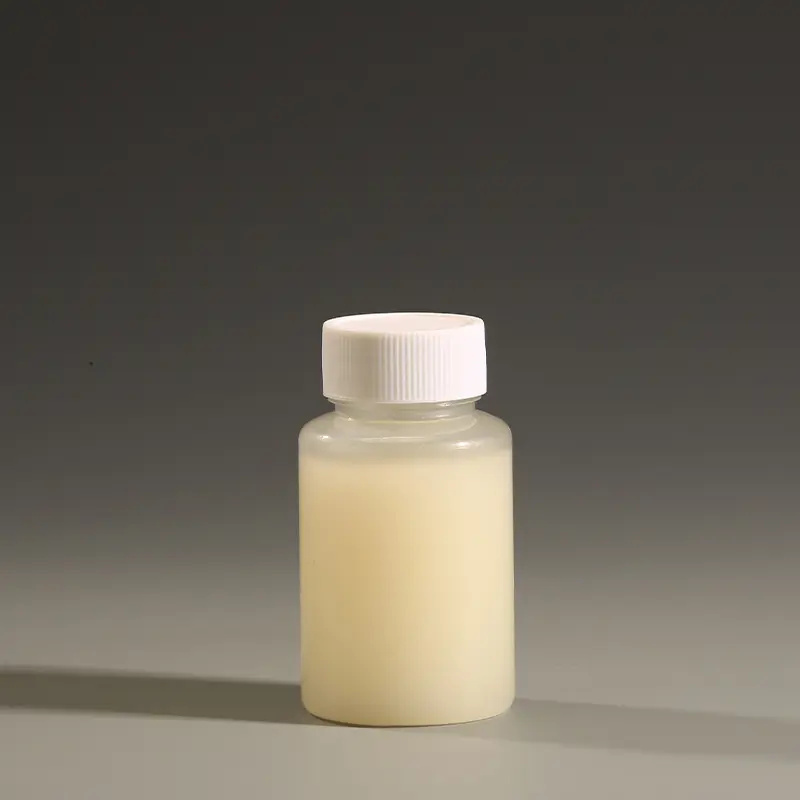ポリアクリルアミド(PAM)の用途
PAMの説明
ポリアクリルアミドは、様々な産業分野や水処理プロセスで広く使用されている高分子化合物です。優れた吸水性、凝集性、安定性により、多くの用途に最適です。ポリアクリルアミドは、非イオン性、カチオン性、アニオン性など、様々なイオン特性を持つ液体および粉末の形態で提供されており、様々なニーズに対応します。
技術的パラメータ
ポリアクリルアミド(PAM)粉末
| タイプ | カチオン性PAM(CPAM) | アニオン性PAM(APAM) | 非イオン性PAM(NPAM) |
| 外観 | 白い粉 | 白い粉 | 白い粉 |
| 固形分、% | 88分 | 88分 | 88分 |
| pH値 | 3~8 | 5~8歳 | 5~8歳 |
| 分子量、x106 | 6~15歳 | 5~26歳 | 3~12歳 |
| イオン度、% | 低い、 中くらい、 高い | ||
| 溶解時間(分) | 60~120 | ||
ポリアクリルアミド(PAM)エマルジョン:
| タイプ | カチオン性PAM(CPAM) | アニオン性PAM(APAM) | 非イオン性PAM(NPAM) |
| 固形分、% | 35~50歳 | 30~50 | 35~50歳 |
| pH | 4~8 | 5~8歳 | 5~8歳 |
| 粘度、mPa.s | 3~6 | 3 - 9 | 3~6 |
| 溶解時間(分) | 5~10 | 5~10 | 5~10 |
説明書
具体的な投与量や使用方法は用途によって異なります。ご使用前に製品の特性と使用要件を十分にご理解いただき、製造元の指示に従って正しくご使用いただくことをお勧めします。
梱包仕様
一般的な梱包仕様は25kg/袋、500kg/袋などですが、お客様のニーズに合わせてカスタマイズされた梱包も提供可能です。
保管と配送
ポリアクリルアミドは、乾燥した換気の良い環境で保管し、火気、強酸、強アルカリ、直射日光を避けてください。輸送中は、湿気やはみ出しを防ぎ、製品品質の安定化を図る必要があります。
安全上の注意
使用中は適切な保護具を着用し、皮膚や目への直接接触を避けてください。誤って目に入った場合は、直ちに大量の水で洗い流し、医師の診察を受けてください。
上記の情報は製品の概要のみを記載しております。具体的な使用方法や注意事項については、実際の状況やメーカーが提供する情報に基づいて判断してください。
用途に適した化学物質を選択するにはどうすればよいですか?
プールの種類、産業廃水の特性、現在の処理プロセスなど、適用シナリオをお知らせください。
または、現在お使いの製品のブランド名またはモデル名をお知らせください。弊社の技術チームがお客様に最適な製品をご提案いたします。
実験室での分析用にサンプルをお送りいただくことも可能で、お客様のニーズに合わせて同等または改良された製品を開発いたします。
OEM またはプライベート ラベル サービスを提供していますか?
はい、ラベル、パッケージ、配合などのカスタマイズをサポートしています。
あなたの製品は認証されていますか?
はい。当社の製品は、NSF、REACH、BPR、ISO9001、ISO14001、ISO45001の認証を取得しています。また、国内発明特許を保有しており、提携工場と連携してSGS試験とカーボンフットプリント評価を実施しています。
新製品の開発を手伝ってもらえませんか?
はい、弊社の技術チームが新しい処方の開発や既存製品の最適化をお手伝いします。
お問い合わせへの返信にはどのくらい時間がかかりますか?
通常営業日には 12 時間以内に返信し、緊急の場合は WhatsApp/WeChat 経由でご連絡ください。
完全な輸出情報を提供できますか?
請求書、梱包明細書、船荷証券、原産地証明書、MSDS、COA などの完全な情報を提供できます。
アフターサービスには何が含まれますか?
アフターサービス技術サポート、苦情処理、物流追跡、品質問題の再発行または補償などを提供します。
製品の使用に関するガイダンスを提供していますか?
はい、使用説明書、投与ガイド、技術トレーニング資料などが含まれます。


